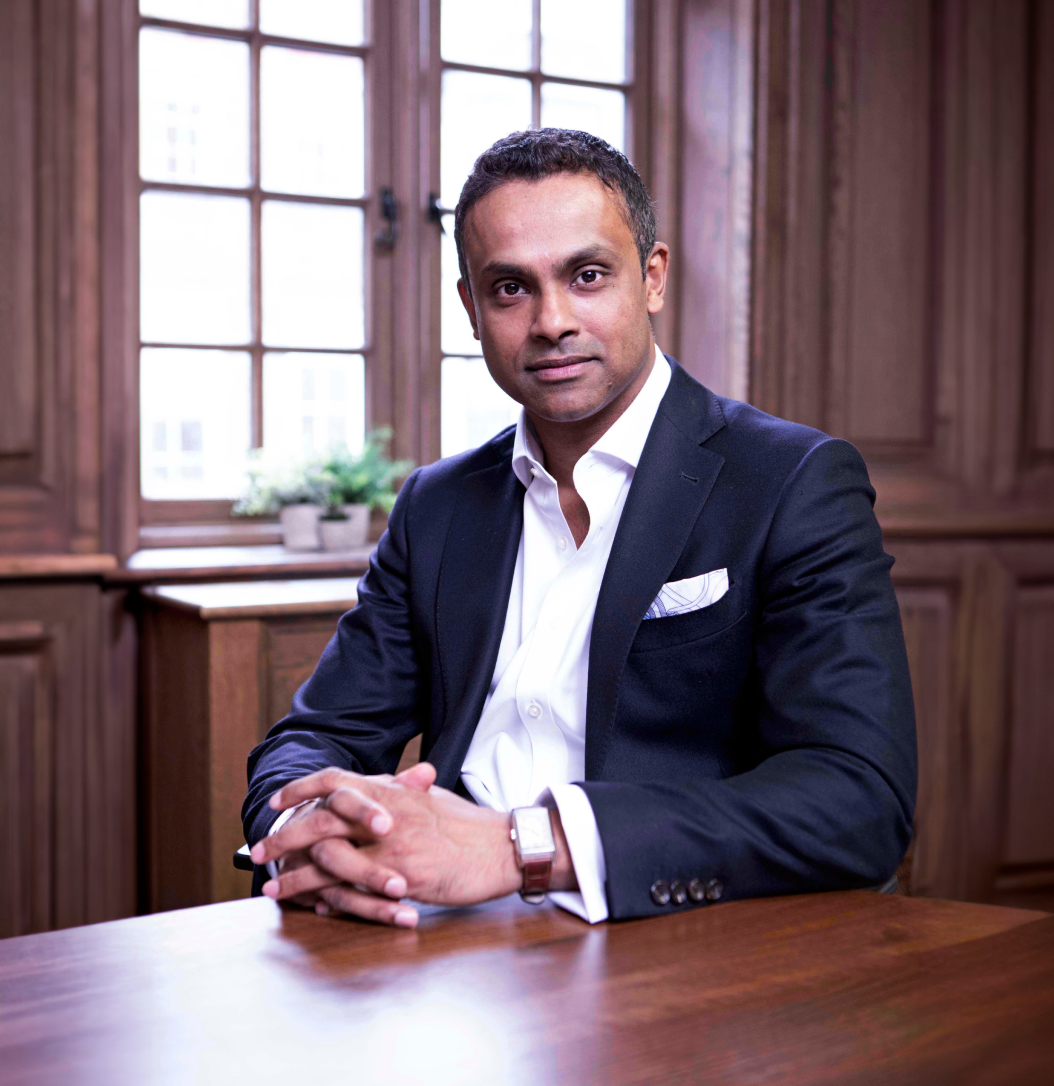PROCEDURE
Prominent ear correction (Otoplasty / pinnaplasty)
Some inherent individual characteristics, congenital defects, or alterations from injuries can lead to a certain displeasing aesthetic to your ears, which can affect your confidence, self-esteem, and at times, your quality of life. An Otoplasty, or prominent ear correction, offers a constructive surgical solution for such instances.
Otoplasty refers to various surgical procedures designed to alter the shape, position, or size of the ears, using permanent sutures to create a stable and lasting adjustment. The predominant purpose of otoplasty is to address and correct protruding ears.
This surgical procedure is not confined to dealing solely with protrusion but also effectively treats other ear-related aesthetic issues. Conditions such as macrotia (overly large ears), dissatisfaction resulting from previous ear surgeries, and deviations in ear symmetry on one or both sides, which are not related to our hearing, also fall within the criteria for otoplasty.
The otoplasty procedure in London aims to produce a natural, proportioned ear shape, enhancing facial balance and restoring symmetry. The end goal? To extend beyond physical appearance, uplifting your self-esteem and, at times, restoring some auditory capacity.
Recovery
You may feel some pain and tenderness immediately after your otoplasty, which is entirely normal. Mr Kshem Yapa may apply a long-acting anaesthetic to minimise pain and discomfort for an initial period of 3 to 5 hours to help. Subsequent pain, typically mild and significantly reduced after the first day, can be managed effectively with prescribed pain medication.
A bulky dressing will be secured in place for the initial 3 days post-operation to keep gentle compression around your ear. Though some individuals find this dressing somewhat bothersome, understand that it’s important to facilitate healing.
You may be asked to wear a ski band or a similar supportive bandage during sleep for the first 1-2 months following the surgery to prevent your ear from folding back.
Any bruising or discolouration that typically occurs after surgery should disappear within 10 days, and you’ll find you are able to return to work approximately a week after the procedure, depending on how you heal and what your job is.
You will be provided with a direct phone line to our experienced specialist cosmetic surgery nurse who provides an on call service 24 hrs a day, from the moment you have surgery, for any questions or concerns you may have or any other support you may need. We take pride in making sure our patients are well looked after following surgery and want you to feel well supported throughout your journey with us.

